All about hardwoods
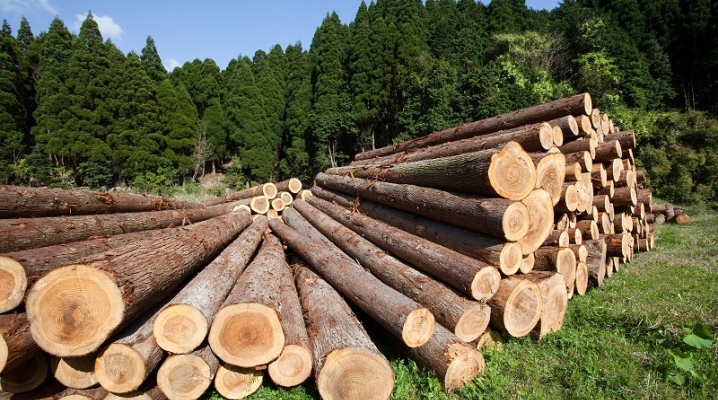
The degree of hardness of wood depends largely on the specific type of wood. Many people are sure that oak is the leader in this parameter, but this is not at all the case - there are also harder varieties. In this article, we will learn all about the existing hard rocks and get acquainted with their features.
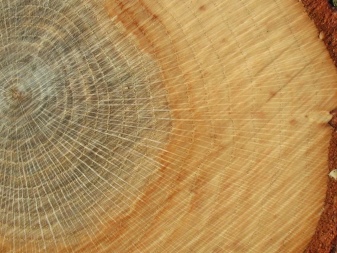
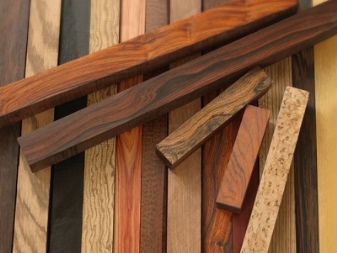
Peculiarities
The degree of hardness of timber implies their ability to provide effective resistance at the moments of penetration of bodies that are more rigid and strong. Such bodies include nails and other fasteners.
The hardness of different species may differ depending on the direction of the wood cuts. Currently, it is customary to distinguish several types of hardness.
- End... This is a subtype of hardness that can be determined by embedding a metal stem into the material. The latter is characterized by a hemispherical end with a diameter of 11.28 mm. The rod is pressed to a depth that corresponds to a radius of 5.64 mm. This is done gradually, within 2 minutes. The dimensions of the print are equal to 1 square centimeter. That is why the hardness indicator itself is measured in kg / m³.
- Radial.
- Tangential.

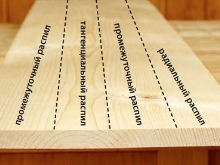
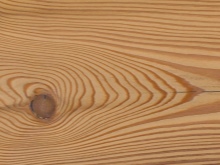
The lateral level of hardness in conifers is in most cases 40% less than the end one. As for deciduous varieties, this figure reaches only 30%. The tangential parameter of hardness, for example, of oak, palm or elm materials turns out to be higher than the end one by almost 5-10%. The lion's share of existing tree species is characterized by approximately equal tangential and radial hardness.
To make a high-quality and attractive product from a natural and environmentally friendly material, it is very important to determine the degree of its hardness in advance. Basically, to find out such information about wood, they use a special Brinell method. The meaning of this method is that you need to press a metal ball with a diameter of 10 mm into the base of a certain piece of wood with a force of at least 100 kg. Based on the identified type of deformation and the diameter of the remaining deepening, it is easy to determine the value of the material's hardness.
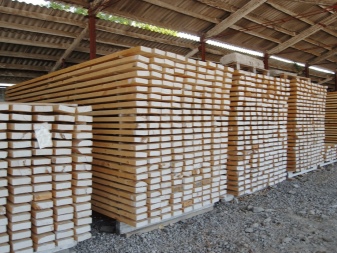

In calculating the degree of hardness of a tree, not only the Brinell method is used. Many specialists and experienced craftsmen, working with this environmentally friendly material, also take into account how its hardness can change during certain works, for example, depending on the type of cut.
Hardwoods are in great demand today. It's no secret that denser and more durable boards are the most preferable in construction work or in the manufacture of furniture structures. Such materials have their own strengths and weaknesses.
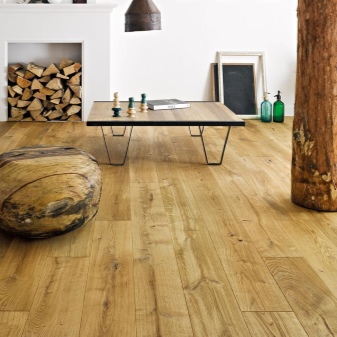
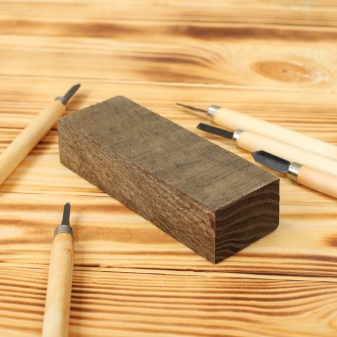
Let's consider what the main advantages of hardwood are:
- such natural materials do not need additional protective impregnations;
- more durable and wear-resistant boards of high quality are obtained from them;
- hardwood furniture has a very beautiful, unique texture.
The disadvantages include the following characteristics.
- Hardwood boards are not easy to work with. They are quite capricious in processing, so it is not always possible to cope with them with a simple file.
- Such materials are much more expensive.
- Not suitable for all types of furniture or floors.
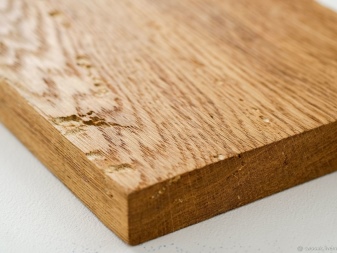
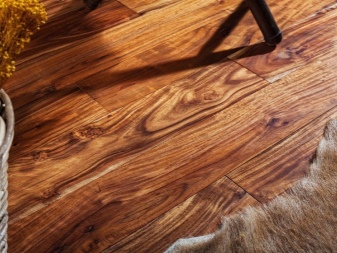
The hardest wood in the world
As stated earlier, many people believe that oak is the hardest tree species in the world. In fact, this is not the case. In this case, the leader is the so-called iron tree. This variety is characterized by incomparable strength. According to some criteria, ironwood is ahead of iron in its density and reliability!
Ironwood can be used to craft car parts or nails. Not all breeds can boast of such abilities. There are several types of iron trees in total, and they grow in different parts of our planet.

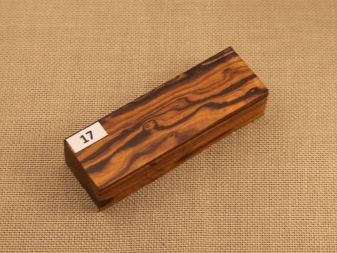
Breed overview
There are many hardwoods. Each of them has its own distinctive characteristics and external features. Let's consider them in detail.
Acacia
Acacia is one of the most valuable and hardest tree species. It boasts excellent water resistance. Acacia is very easy to grind and polish. Products made from dried acacia can keep almost any shape. The different parts can be seamlessly fastened to each other using glue or screws. Acacia is a hardwood. It is very dense, but elastic at the same time. The very structure of wood is multidirectional. The fibers are directed towards each other.
The rock resists friction well, so it is not so easy to process it when it is dry.
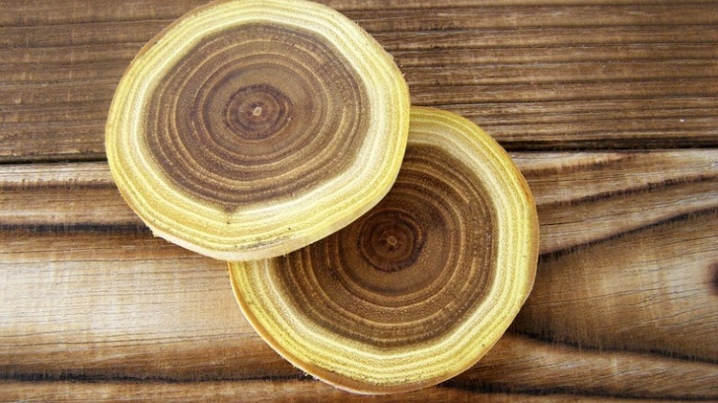
Amaranth
A tree native to Central America. It has dense but flexible wood. It has a very beautiful red-violet tint, as well as a pronounced, attractive texture... The wood is waterproof. Unfortunately, amaranth, despite its hardness, is a fragile breed.
According to experts, it is very easy to process because this material is malleable. Today, only very expensive furniture or rare accessories are made from the breed in question, which have a very "biting" price tag.
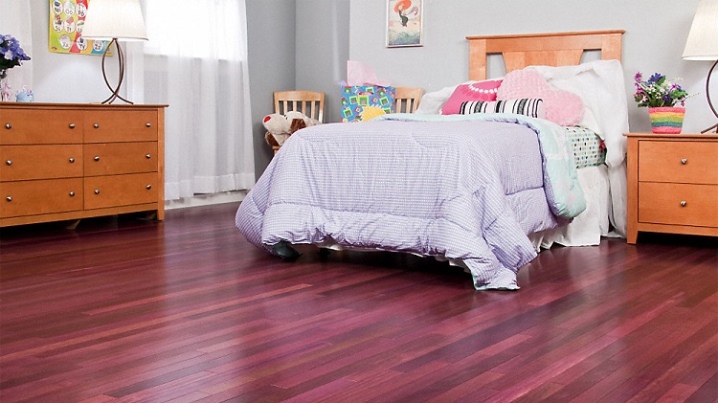
Afromosia
The next breed on the list of the hardest is Afrorosia. This is an exotic variety. The tree grows very tall and belongs to the legume family. It grows in mixed forests, for example, in the Ivory Coast, Cameroon and Ghana. Very large trees often have a single, strong trunk with no branches.
Freshly sawn wood of the species under consideration attracts attention with its light yellow color in the heart part. The sapwood of Afrorosia is lighter. Over time, the yellow color simply disappears from the tree. The fibers of this breed are straight and slightly intertwined. There is a fine texture. Afromosia is very dense and valuable. It is considered one of the most stable breeds.
Resistant to attacks of pests, rot or fungi. Can serve as an alternative to tic.
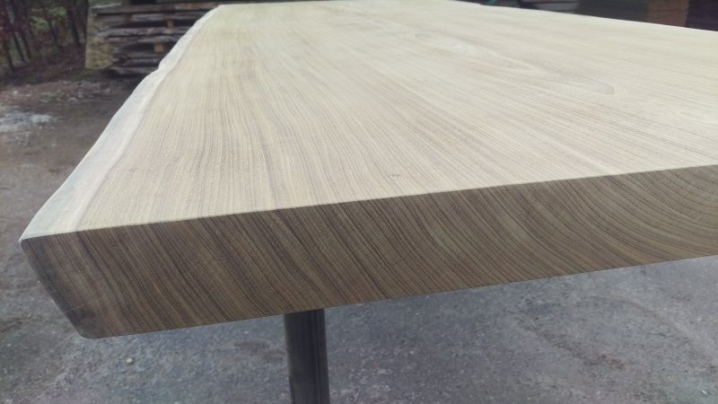
Bamboo
Bamboo is also added to the list of hardwood species. Formally, it is not a tree, it belongs to the family of cereals. It has a tree-like stem, which is a straw, the height of which, in certain cases, reaches 40 cm in height and 30 cm in diameter. The bamboo has a golden straw color, diluted with contrasting stripes of a dark shade. The structure of this solid rock is homogeneous and very dense. In its natural state, bamboo cannot be used in production processes - it is not suitable for this. Certain products, for example, parquet planks are made in factories from individual strips of bamboo.
The material is not subject to mechanical damage. Even extreme climatic conditions are not terrible for him. True, for high-quality grinding of bamboo, craftsmen have to especially carefully select suitable abrasive materials and use them correctly. This requires the appropriate skills and experience.

Balau
Balau (or bangkirai) is a very strong type of wood. Grows in the territories of Southeast Asia.Has a characteristic, barely distinguishable pattern. The wood of this species boasts that it almost does not rot. Very often it is balau that is used in the production of terrace boards, bathroom floors or garden furniture.
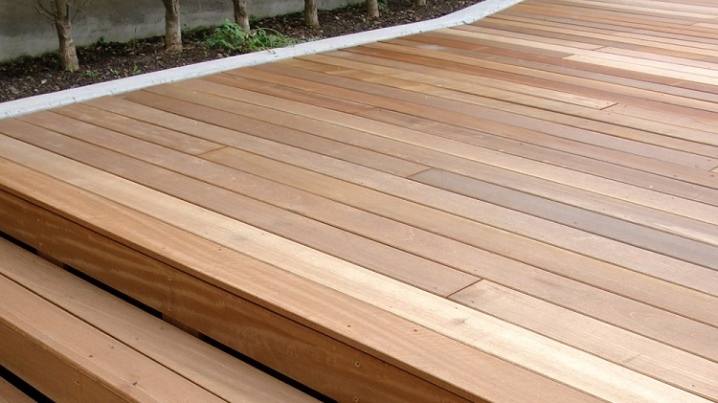
Karelian birch
The list of the hardest breeds includes subspecies of birches. The Karelian species belongs to the birch family. It is one of the varieties of drooping birch. In nature, this tree can be found not so often, but most often it grows in Karelia, Sweden, Norway, Poland, Belarus. Karelian birch has an interesting woody print, which is formed due to pathologies of the functioning of the cambium.
The tree has rather nondescript flowers that gather in separate inflorescences. Both female and male catkins grow on the same birch. Karelian birch wood is one of the most decorative. Outwardly, it is very similar to real wooden marble. The tree is very hard, viscous and heavy. It practically does not crack. At the same time, the Karelian birch is beautifully painted and tinted. Initially it has a dark natural shade, especially in comparison with drooping birch.

Black birch
A very hard wood characterized by an incredibly delicate, pleasant color palette. This wood produces a truly chic parquet that is hard to miss in any setting. The massif of black birch boasts an impressive density.
This powerful tree grows in Russia, namely in the southern subzone of the Far East and on the territory of Transbaikalia. The breed has a dark brown bark or brownish birch bark, which cracks significantly along its length. Mostly the mass of the considered wood consists of cells with thick walls. Black birch dries very badly and may even warp because of this.
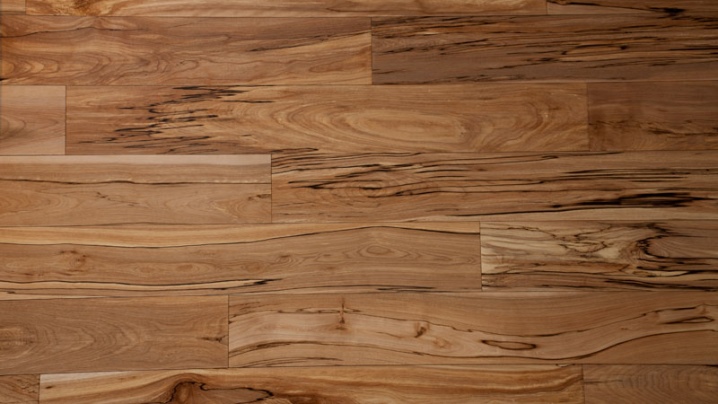
Biling
A tree that can range in color from golden yellowish to orange-scarlet. Bilinga is a tropical breed that grows in equatorial Africa... Wood of this variety shows sufficient resistance to moisture. She does not start to rot and does not "fear" attacks from pests.
From billing, you get chic furniture and no less chic parquet of impeccable quality. Products from this breed are especially valuable because they have an amazing unusual color and a very pleasant texture.
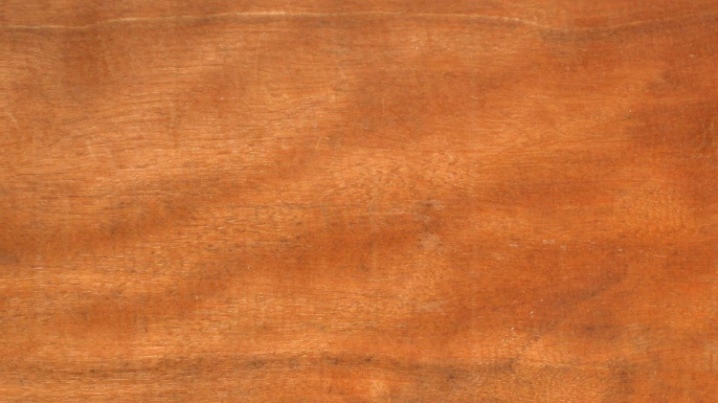
Other
There are other hardwoods as well.
- Beech... The broadleaf variety has the same hardness as oak. The trunk of this tree is smooth, covered with a thin layer of gray bark. Beech makes excellent flooring, furniture, guitars and many other topical products.
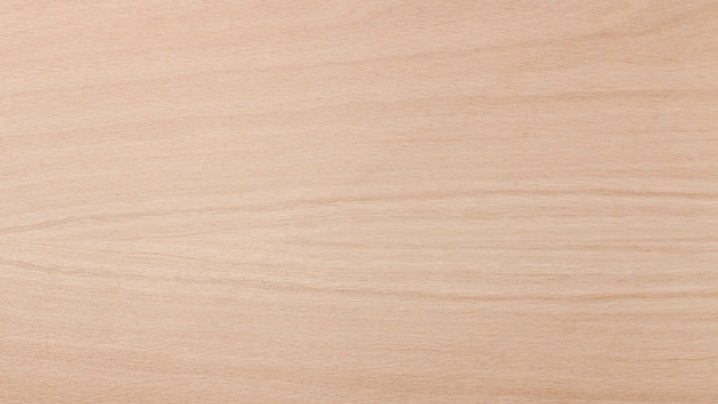
- Boxwood... This is the name of an evergreen shrub-type tree. Grows in Central Africa, Central America, Eurasia. Differs in the presence of a lush and elegant crown with excellent strength and density. There is no core in the boxwood trunk, so it is very often used for the purpose of artistic cutting.
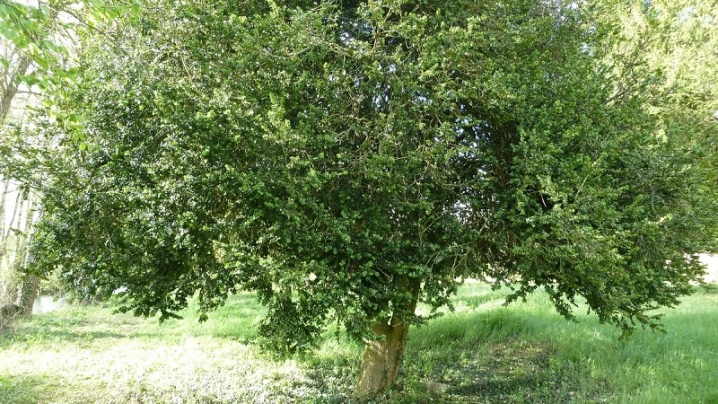
- Oak... One of the most popular and well-known wood species. Almost every person has heard about her as the hardest. Oak has a characteristic brown shade mixed with beige. A pronounced woody structure is familiar to him. The tree is renowned for its color fastness and crisp, beautiful texture.
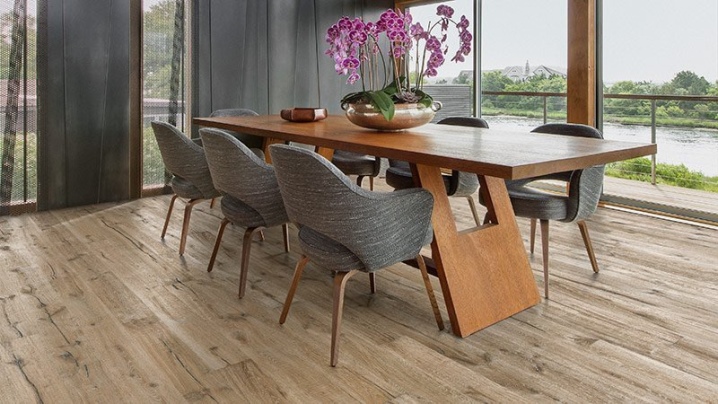
- Hornbeam... A truly unique solid wood. It is often used not only as an excellent lumber, but also put into operation in a living form. The hornbeam is quite possible to find on the free market. It grows in the Northern Hemisphere and is especially widespread in China. Its structure is very similar to a large bush, but at the same time it grows extremely slowly.
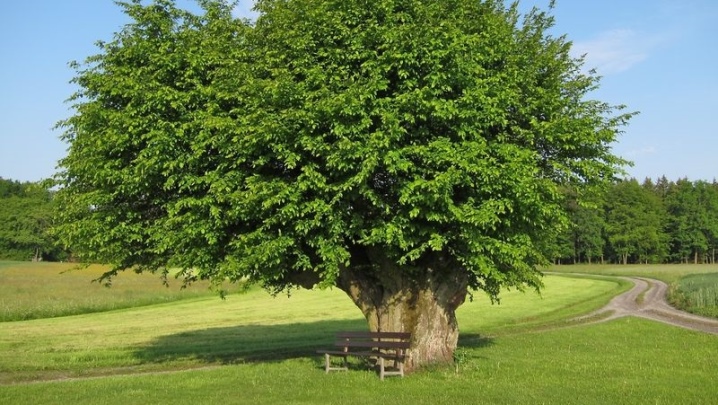
- Zebrano... An interesting tree that attracts attention with its non-standard double color. The background can be gray-brown or yellow-brown. Dark stripes are immediately visible on it. The breed belongs to the category of decorative, very well polished.Zebrano coatings are very bright and rich. This material is supplied to Russia in limited quantities.
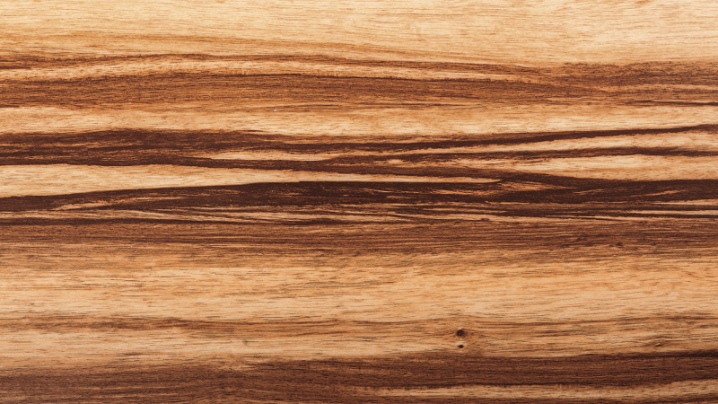
- Iroko... Otherwise, this breed is called flounder. Has a yellowish brown color. Iroko is not afraid of any climate change. This tree cannot be harmed by pests.
In many situations, this breed is used as an adequate replacement for teak, since it also does not deteriorate under the influence of high humidity.
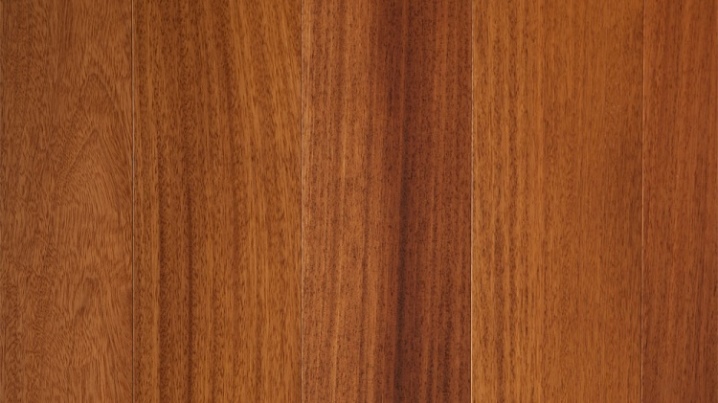
- Chestnut... The sapwood of this breed is light, but the core is dark brown. Chestnut can be found throughout Europe. The texture of this tree is like oak with very clear and thin rings. However, in terms of its physical characteristics, the chestnut is inferior to the mentioned tree species.
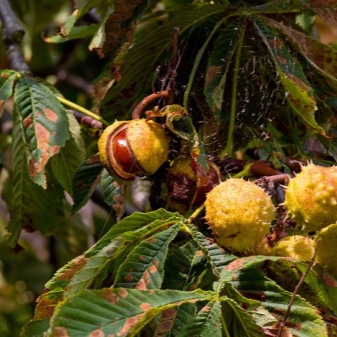
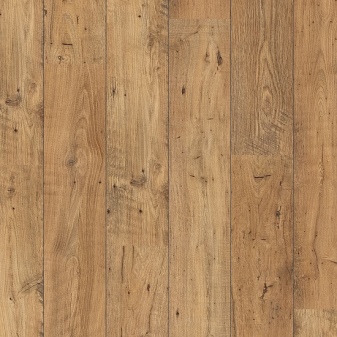
- Kekatong... One of the rare breeds. It has an interesting and attractive color - pink-brown veins - and a pattern similar to a nut. Kekatong boasts very high strength. The tree is stable, not afraid of moisture. It is used in a variety of areas.
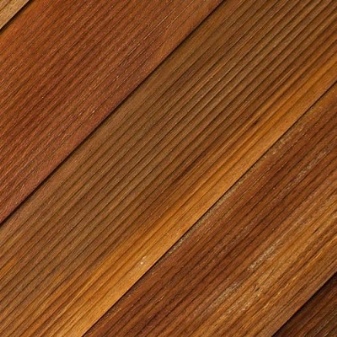
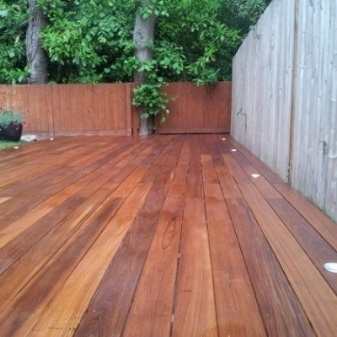
- Kempas... A beautiful and vibrant tree with a golden red or dark orange color. Kempas wood is characterized by its uniformity and good density. The material is heavy, very strong. However, the breed in question cannot boast of a sufficient level of resistance to deformation in case of contact with moisture.
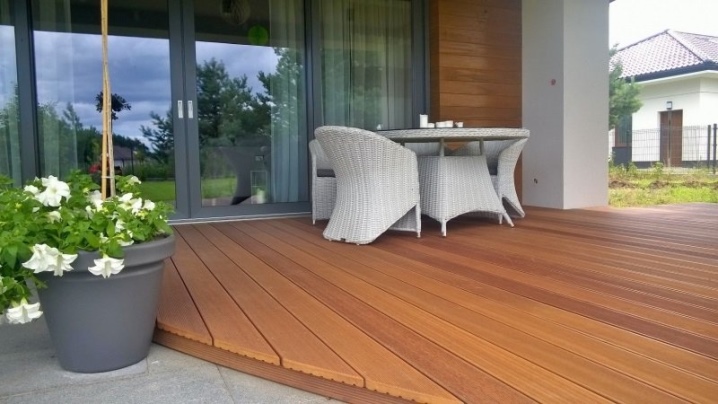
- Keranzhi... Another beautiful tree that can be golden orange or red in color. Keranzhi grows on the coast of the Indian Ocean. The wood has a beautiful fibrous-striped texture that catches the eye immediately. The surface of the kerangi is shiny, due to which it is often used to produce amazingly beautiful floor coverings or furniture structures.
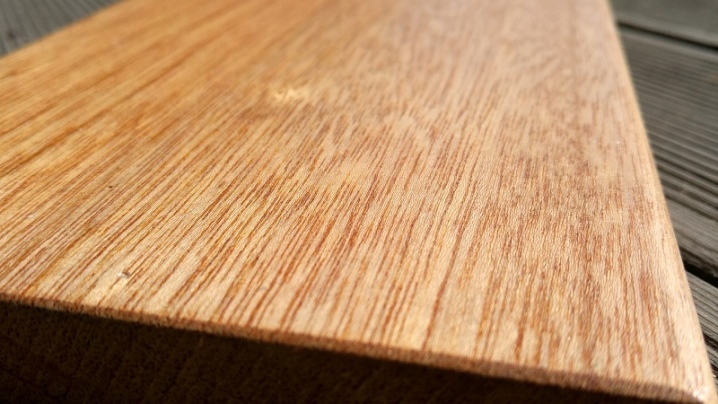
- Maple... It is white. Sometimes there are trees with a slight yellowish tint. Maple is considered an exquisite material that looks expensive and attractive. However, it is prone to cracking, so you need to dry it especially carefully and carefully.
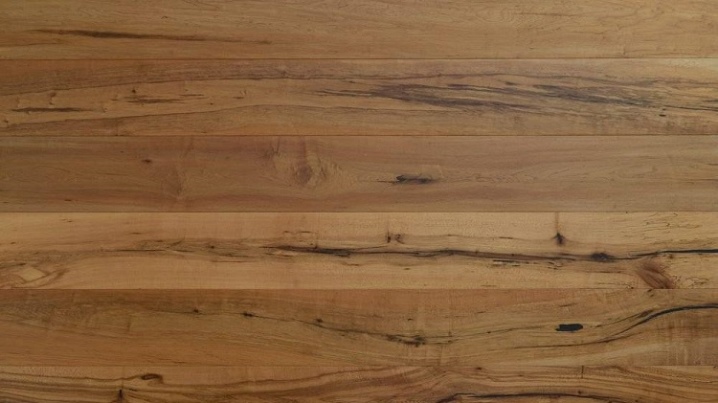
Applications
Hardwoods are used in a wide variety of applications:
- used in shipbuilding;
- suitable for the production of luxurious floor coverings, both standard and mosaic;
- many of the breeds are ideal for interior decoration;
- especially high-quality and luxurious furniture of all types is obtained from hard breeds;
- various musical instruments are produced from them;
- hardwood is successfully used in construction;
- can be used for medicinal purposes, for example, to fight asthma (we are talking about redwood).
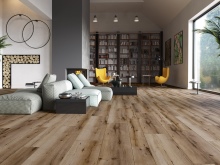
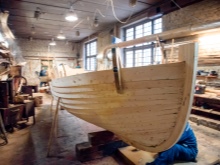
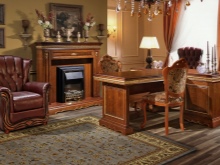













The comment was sent successfully.